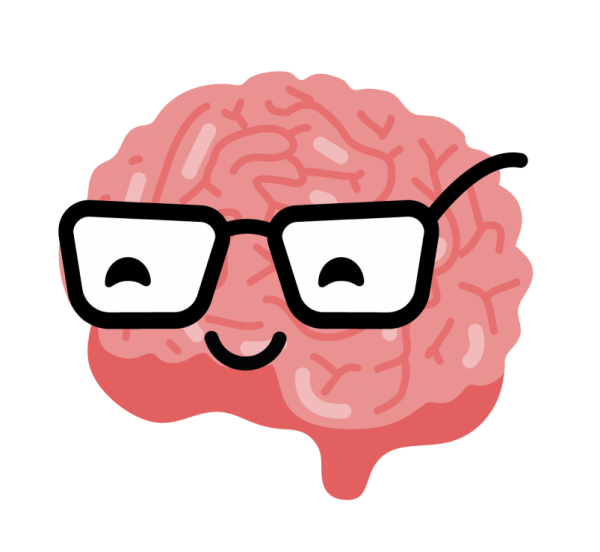You’ve probably heard it before: Don’t go outside without a scarf, you’ll get sick! Make sure you wear thick socks and gloves, you get sick from the extremities!
We’ve all heard that being cold makes you sick. But is that true?
The short answer is no. When you get sick, it’s because you caught a virus or bacteria.
Basically, a cold is an upper respiratory tract infection. The most common culprit for this infection is the rhinovirus, a common virus that replicates quickly in the nose and then goes down to infect your throat. This makes you cough, and can sometimes lead to ear and sinus infections. You may also get a fever and fatigue as your body fights against the virus.
This “common cold” virus is quite easy to catch. Unlike many bacteria and viruses that are only transmissible in certain ways—think about how HIV can only be transferred through bodily fluids—rhinoviruses are airborne.
This means they can spread through droplets in the air—like when someone coughs or sneezes—and enter through your mouth, eyes, or nose.
It can also spread through hand-to-hand contact; for example, if you shake hands with someone infected who coughed into their hand and then you touch your eyes, you’re likely to catch the virus.
In short, to catch a cold, you need to be exposed to someone else who has a cold. No virus, no illness.
So why do people think you’ll get sick if you are cold?
The answer lies in the effect that cold temperatures have on viruses, human bodies, and our behaviour.
Being cold weakens your immune system, making it harder for your body to resist infection when you are exposed to viruses.
It has also been shown that rhinoviruses replicate faster when it’s cold, making it more likely that you will be exposed to it.
In addition, when it’s cold outside, you’re probably going to spend more time indoors, surrounded by other people who may be sick.
Indoor humidity also plays a role in getting sick: when it’s humid, viruses can attach to water droplets; since heaters dry out the air, the virus is more prone to infect you instead. Heaters also dry out your sinuses, and a lack of nasal mucus makes it harder for your immune system to fight off infection.
Overall, the combination of low humidity and low temperature makes viruses last longer and your immune system weaker, both of which together may get you sick.
So, can you get sick from being cold?
The long answer is yes, but only because cold and dry environments increase the likelihood of you catching whatever virus or bacteria you’re exposed to.
Graphic by @sundaeghost
